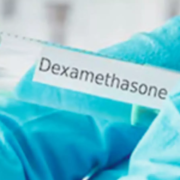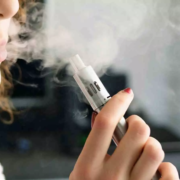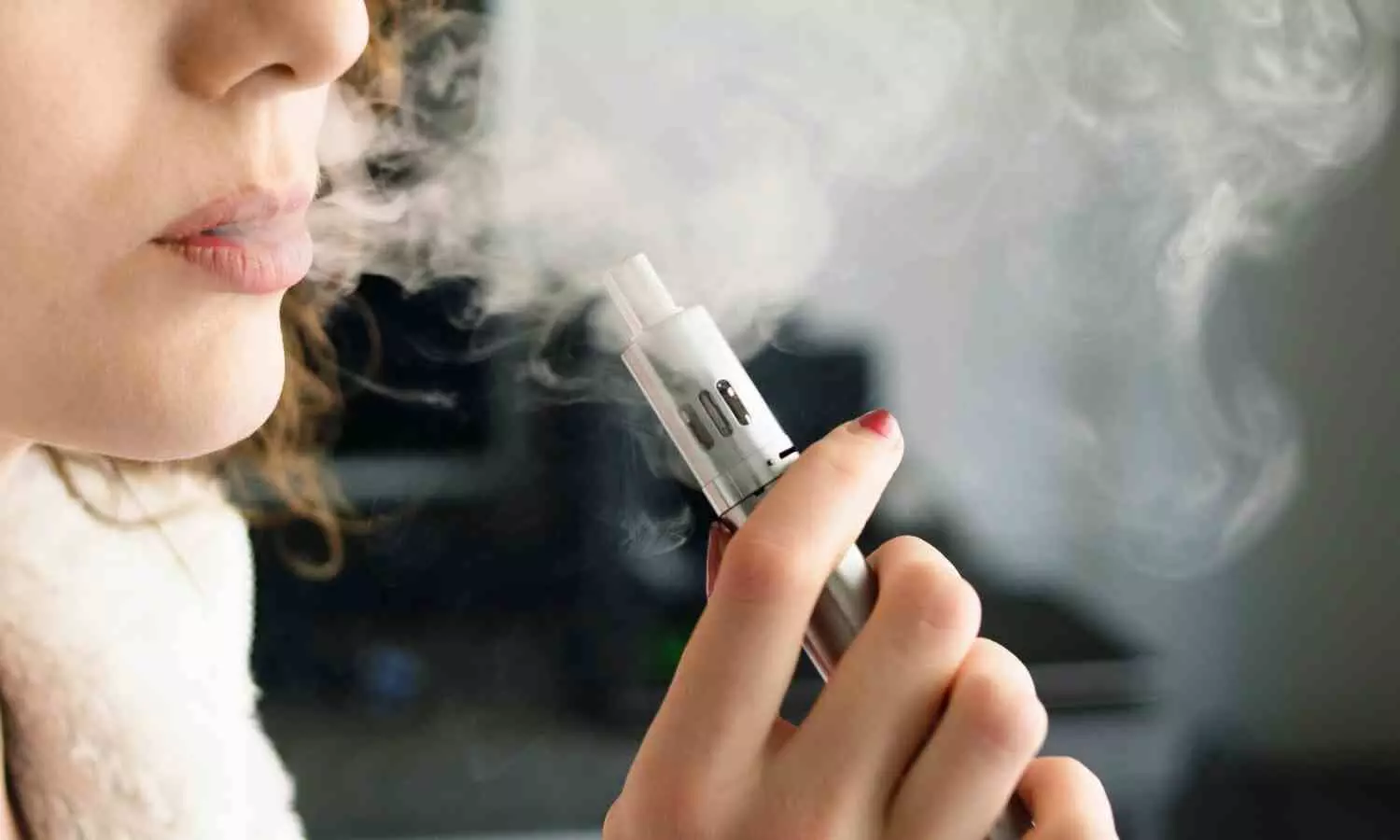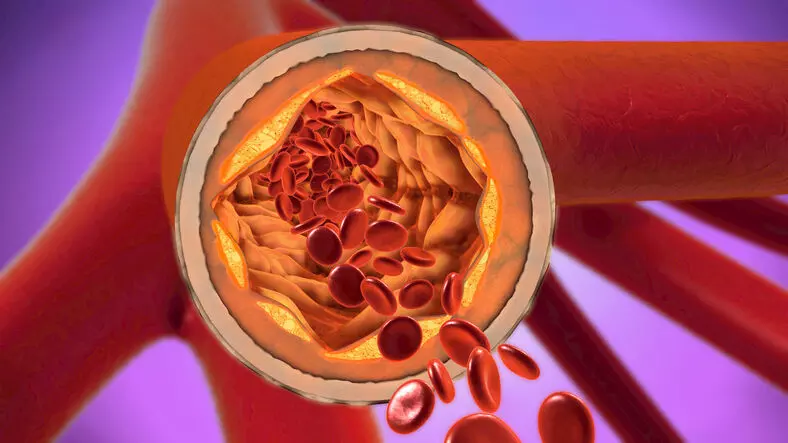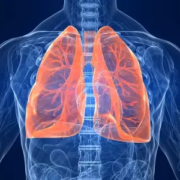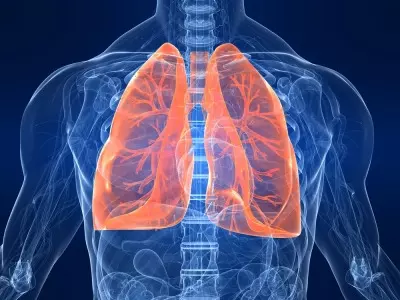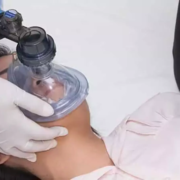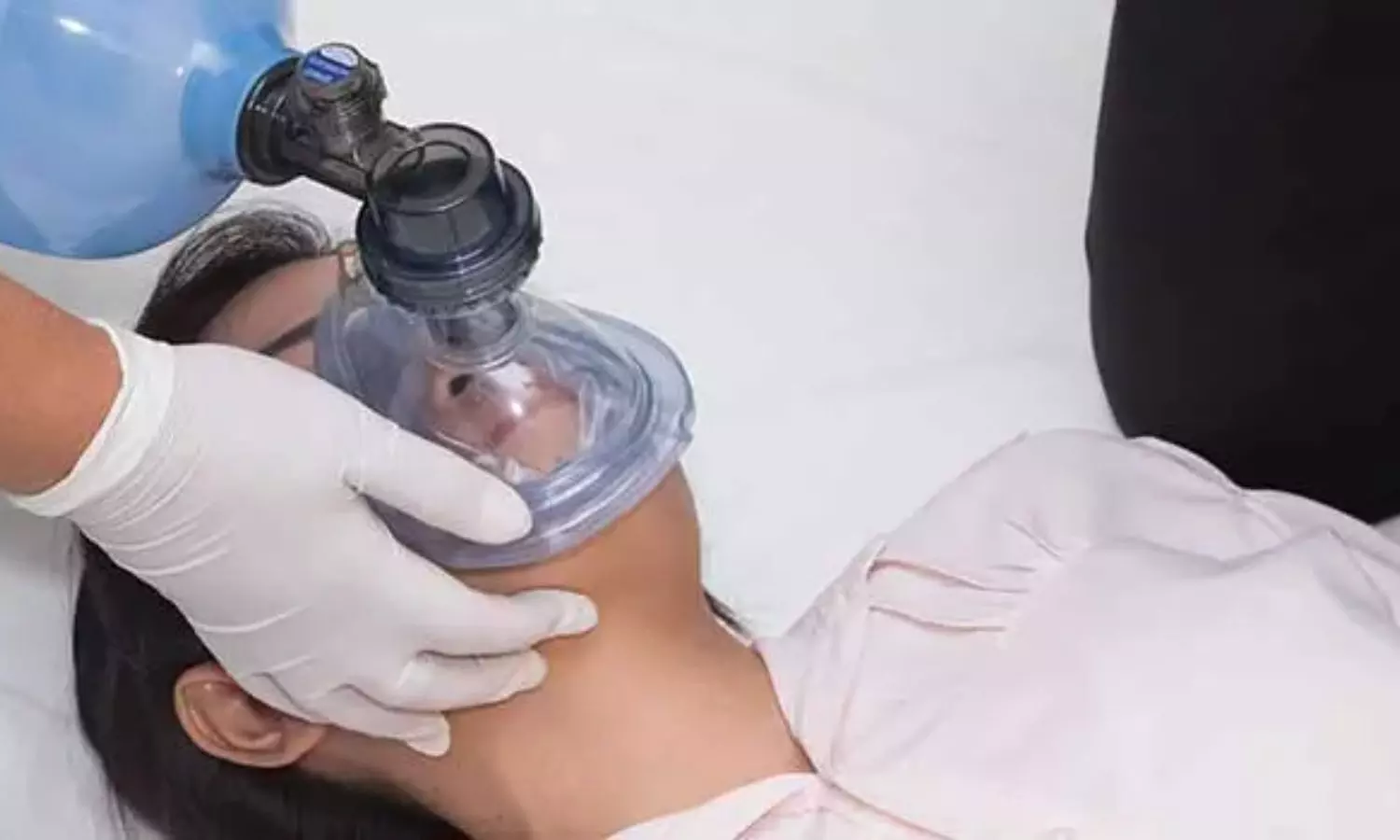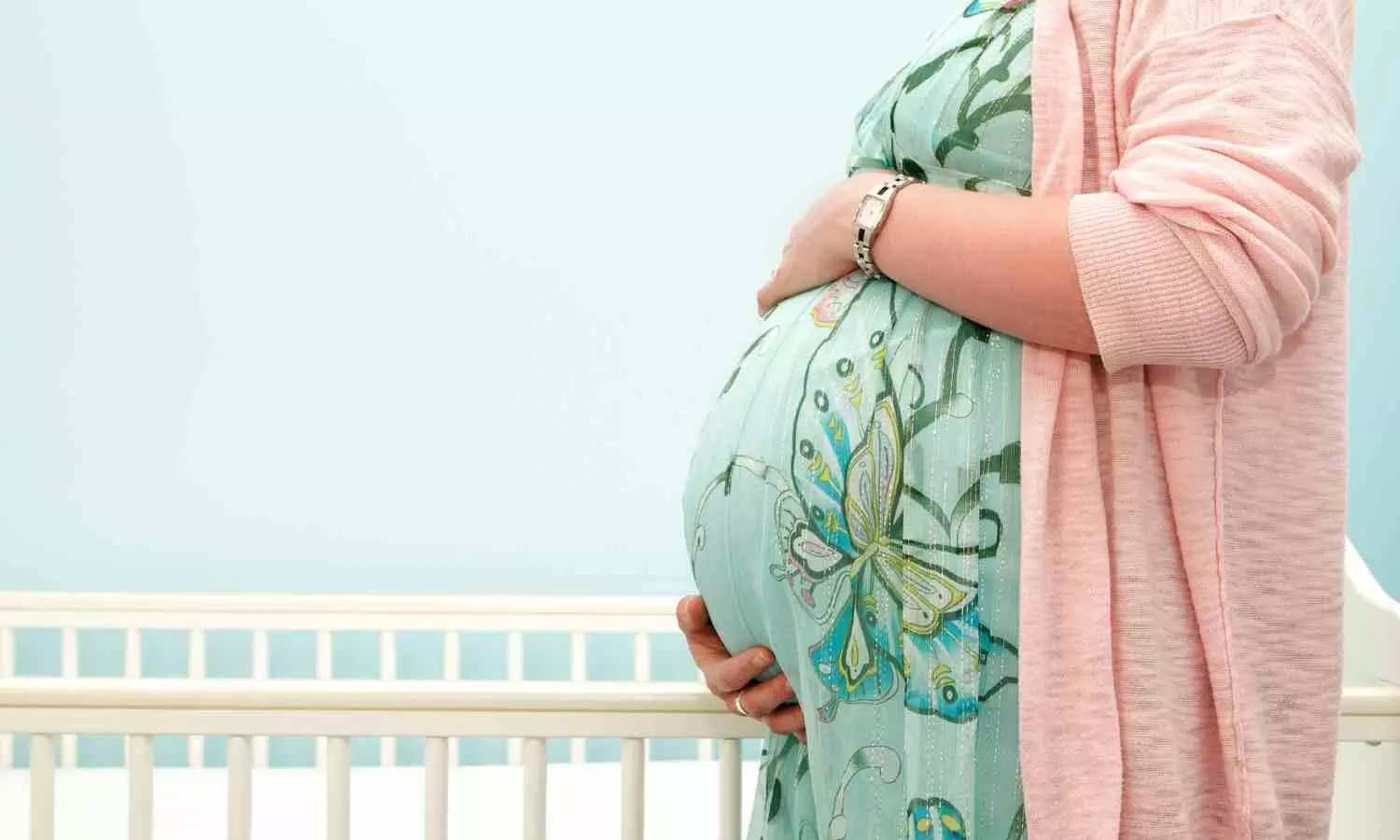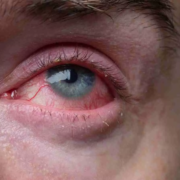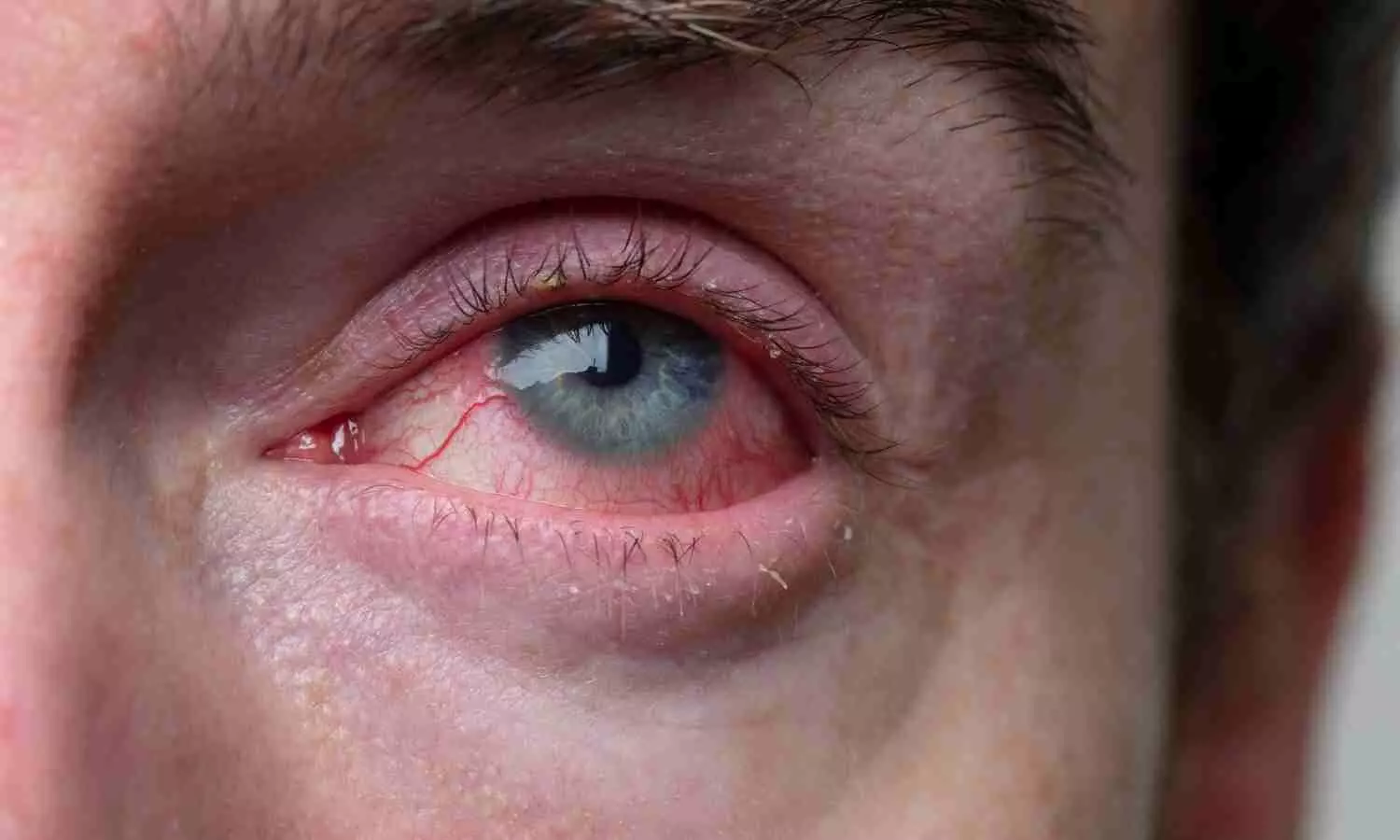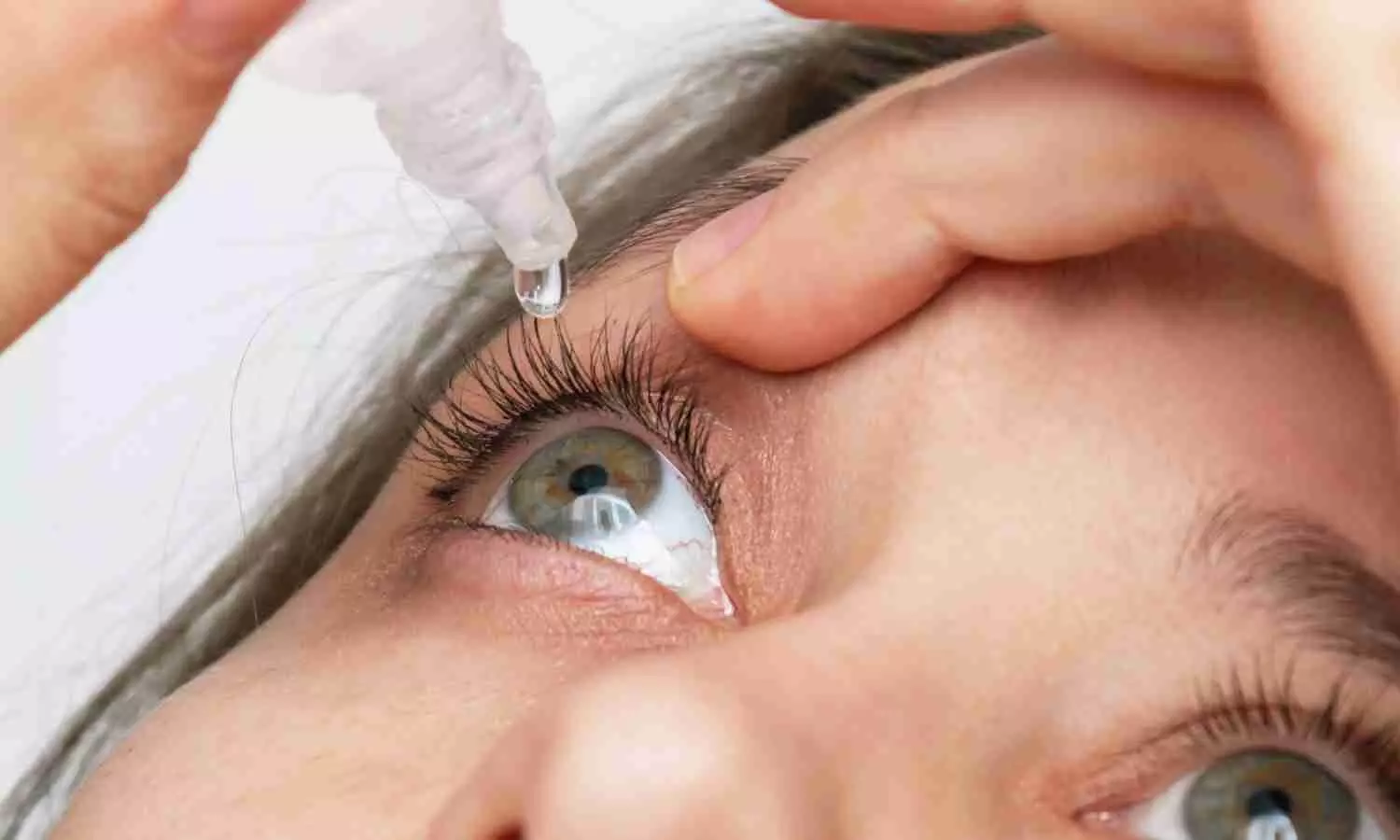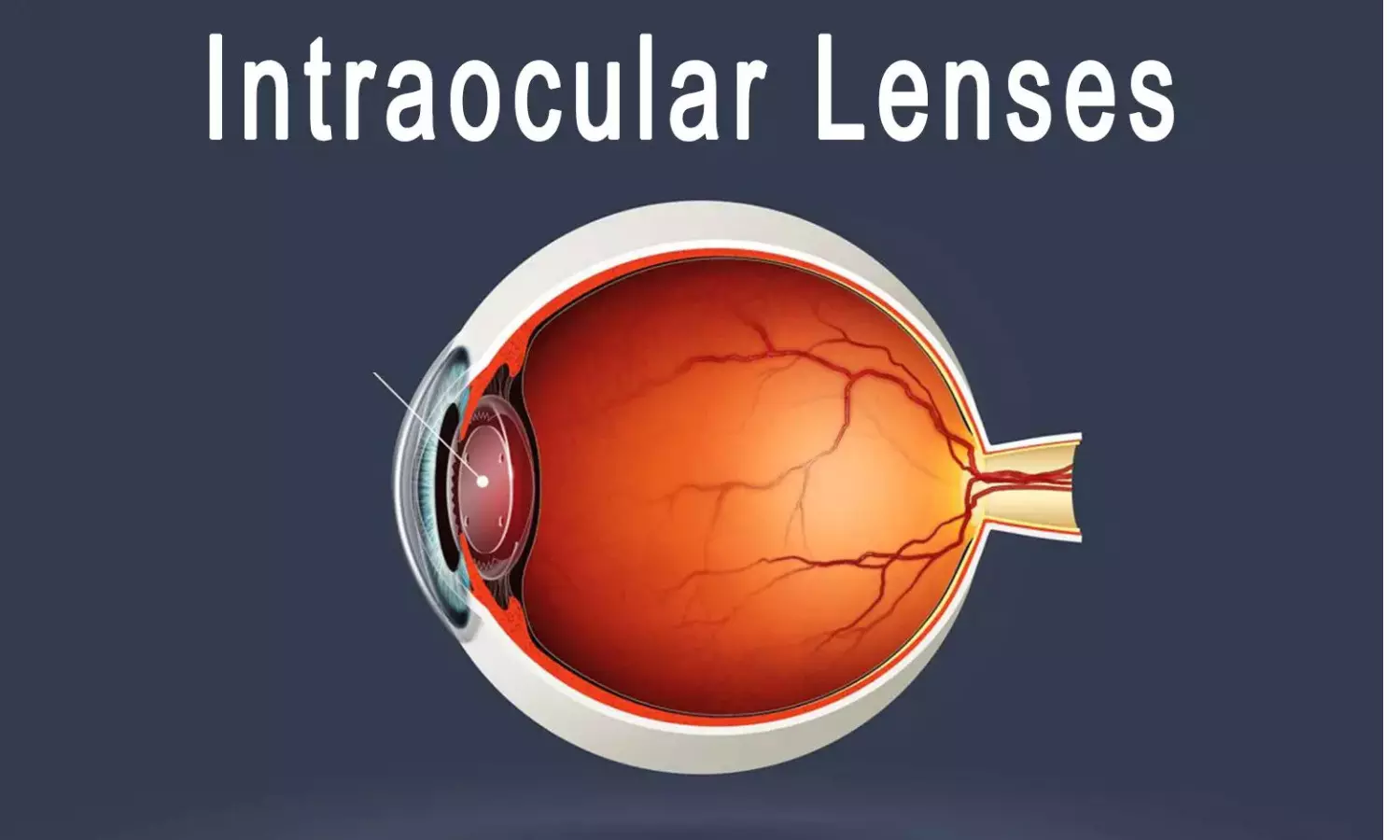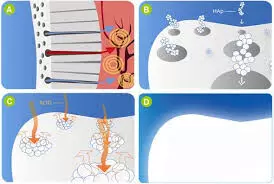Systemic dexamethasone proven treatment for bronchopulmonary dysplasia but role for hydrocortisone uncertain: JAMA
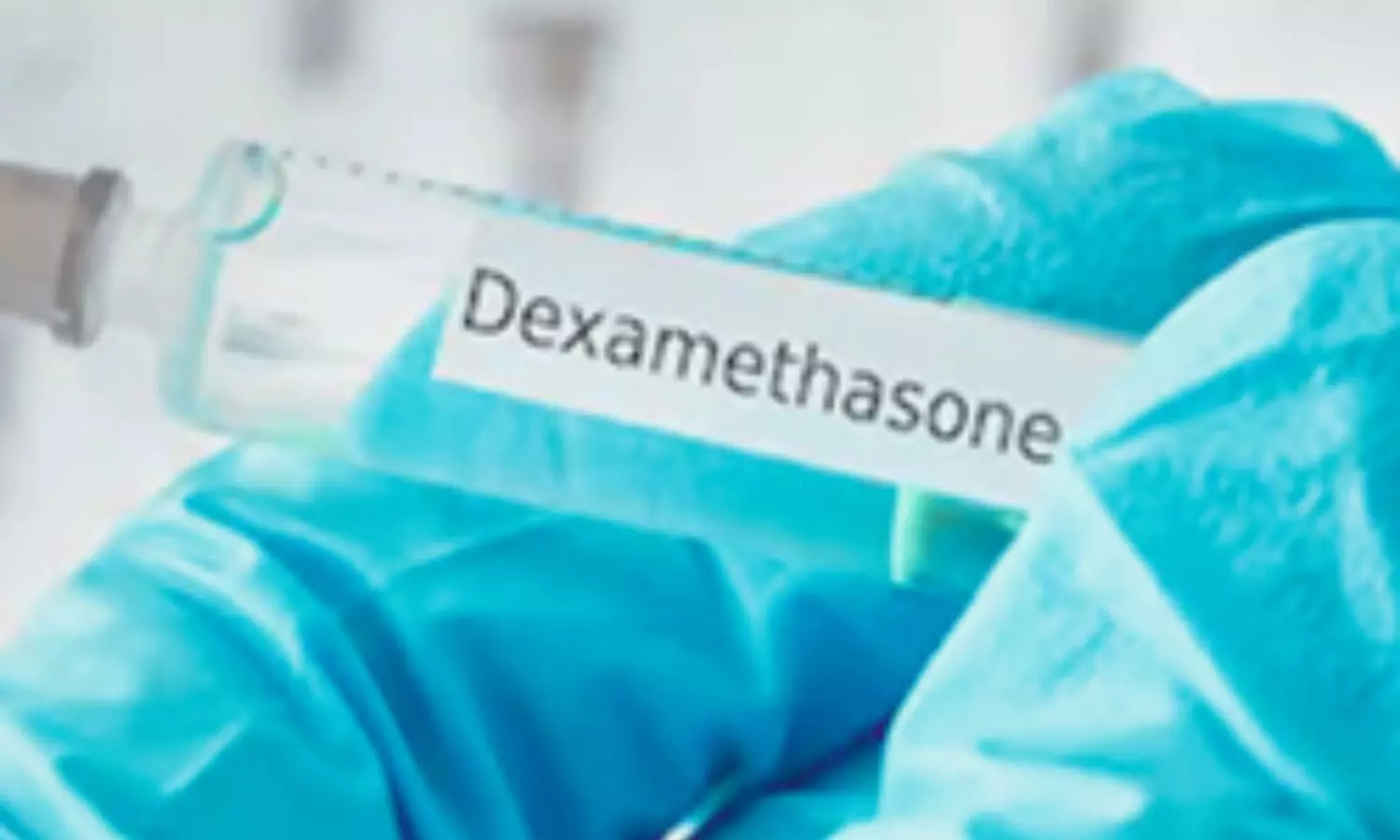
Researchers have discovered that dexamethasone can significantly increase survival free of cerebral palsy in preterm infants at high risk of bronchopulmonary dysplasia (BPD) but may even harm babies with a lower risk of BPD. This underlines that systemic corticosteroid treatments need to be customised according to the individual level of BPD risk in neonatal care. A recent study was conducted by Lex W. and colleagues published in JAMA Pediatrics.
The most frequent complication in former preterm infants is BPD, with later outcomes often severe. In recent years, systemic postnatal corticosteroids, including dexamethasone and hydrocortisone, have been extensively administered to prevent BPD. The objective of this study was to elucidate whether the type of corticosteroid used and the timing of treatment significantly affect survival without cerebral palsy in preterm infants.
This comparative effectiveness study reviewed 26 randomized clinical trials that supported 3,700 infants born preterm and at BPD risk. The studies were conducted across 10 countries between 1989 and 2022 and measured outcomes such as the incidence of BPD, survival rates, and cerebral palsy at diagnosis. The interventions were systemic dexamethasone and hydrocortisone; nearly half of the studies began treatment within the first week of life.
BPD Risk and Treatment Outcomes:
-
Dexamethasone showed improved survival free of cerebral palsy in infants with a BPD risk greater than 70%.
-
Harmful effects were observed in infants with a BPD risk lower than 30%.
-
For every 10% point increase in BPD risk, dexamethasone improved survival rates without cerebral palsy by 3.74% (95% CI: 1.54-5.93%; p= 0.002).
Corticosteroid Comparison:
-
69% of studies focused on dexamethasone, while 31% analyzed hydrocortisone.
-
Evidence for the benefit of hydrocortisone was weaker, with significant effects only in neonates at 30% or less risk for BPD.
Timing of Treatment:
-
46% of studies started corticosteroid therapy in the first week after birth.
-
There was no strong evidence that differences in timing affected the outcomes of dexamethasone (interaction coefficient: 0.13; 95% CI: −0.04 to 0.30; p =0.14).
Dexamethasone reduces the risk of subsequent cerebral palsy but increases mortality in high-risk preterm infants without cerebral palsy, a fact for which it should not be used in low-risk patients due to the potential for harm. The studies highlight the requirement for stratifying risks before utilizing corticosteroids in neonates.
Reference:
Doyle, L. W., Mainzer, R., & Cheong, J. L. Y. (2024). Systemic postnatal corticosteroids, bronchopulmonary dysplasia, and survival free of cerebral palsy. JAMA Pediatrics. https://doi.org/10.1001/jamapediatrics.2024.4575
Powered by WPeMatico

